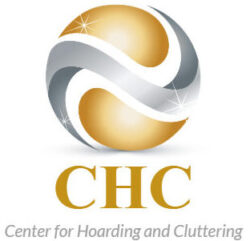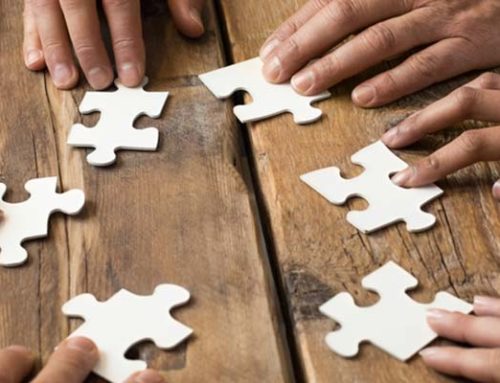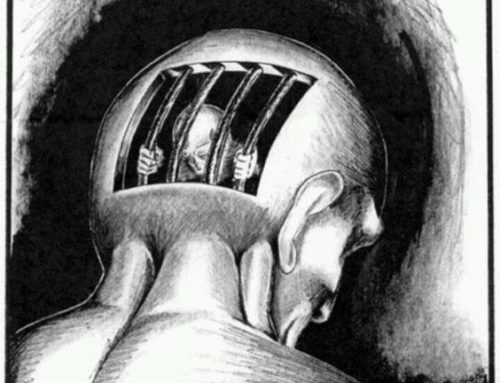Lately, I’ve been doing training and consultations for a multitude of agencies that come across hoarding and wanted to share some basic information on Hoarding Disorder. While awareness of Hoarding Disorder continues to increase, trained and experienced mental health and crisis case management specialists, such as myself, are few and far between. That means, we have to find a way to help those on the front lines of this issue, those professionals and agencies that are already in the home, to be able to objectively identify, assess, and address hoarding cases, especially in the absence of local supports, resources, and training.
Here are some of the most important things to keep in mind when working with a person in a hoarding situation. This is by no means a replacement for in-depth training, however, it is better than no training at all.
- Hoarding Disorder (HD) is a mental health disorder with a primary feature of extreme difficulty or the inability to let things go.
- HD is different from hoarding behavior brought on by dementia, traumatic brain injury, depression, trauma, or medical/physical limitations. Sudden onset of hoarding behavior would indicate unlikelihood of hoarding disorder.
- HD is different from squalor. In HD, the items in the home have a purpose for the person that owns them. Squalor is environmental and the items, even to the owner, are trash and have no purpose. In squalor situations, they are ok with help and have no problem letting these things go. There can be a combination of both, often due to the hoarding making it difficult or impossible to manage trash and upkeep of the home.
- Most hoarded homes are not what you see on tv, many are relatively tidy.
- The amount of stuff in a home does not indicate the presence of HD. If you have a full home and the person is easily able to de-clutter, you do not have HD. If you have a ‘low content’ home and they have extreme difficulty letting go, that would indicate HD.
- 93% of people with HD have at least one other co-occuring mental health disorder such as depression, anxiety, add/adhd, ocd.
- Studies show the brains of people with HD functions differently that someone without HD. The frontal lobe is affected which impacts processing such as catagorization (everything is unique and different), organization, and decision making.
- Hoarding behavior is triggered by trauma and loss.
- HD is NOT ABOUT THE STUFF!!! The stuff is a ‘coping mechanism’ for underlying mental health issues.
- Full clean outs, while sometimes necessary, are traumatic and ultimately ineffective typically resulting in re-hoarding the home at a rapid rate.
- If you don’t address the underlying issues, the clutter will come back.
- If you cause trauma and loss by removing their belongings, you trigger the hoarding behavior.
- If the person does not participate and learn skills and strategies on how to manage their behavior and maintain the progress, the clutter will come back.
- The person with HD is attached to their things for the same reason you are attached to yours: sentimental, instrumental (I can fix it, use it, someone else can….), and intrinsic value. They just are wired in a way that does not compute when ‘enough is enough’.
- There’s such a thing as Clutter Blindness.
- The person with HD is not a ‘hoarder’. They are a human being who never would have dreamed they would end up in these conditions. This was not their goal in their high school yearbook. They are a person who has a mental health issue that is extremely difficult to manage. They are a person that experiences shame, embarrassment, and isolation. They are a person who has suffered trauma(s) and loss.
- Always ask permission to touch items in someone’s home.
The best treatment for HD is Cognitive Behavioral Treatment either 1:1 with a trained and experienced therapist or in a group. The best pragmatic approach, even if the person does not have insight into the problem, is the Harm Reduction Approach.
The Harm Reduction Approach:
- Does not focus on resolving the hoarding behavior.
- Focuses on safety rather than ‘housekeeping’.
- Can often lead someone who was previously resistant to accept help
The best tool to accomplish this with is the Uniform Inspection Checklist – Quick Reference which you can access at www.TheClutterMovement.com. This tool is used nationwide to help resolve hoarding cases and uses the Harm Reduction Approach. It is important to read the Cover Letter on the first page of the Uniform Inspection Checklist (UIC), as it describes the development rationale and purpose of the UIC. When using the Harm Reduction Approach, rather than saying “We can’t get your door open you have to get rid of everything behind there.”, you say “I noticed that your front door does not open all of the way and that makes me concerned for your safety. How can I help you make that safe?” Notice nothing is said about their stuff. This approach opens the door, no pun intended, for more work to be done. Yes, eventually something does have to leave the house sometimes. But, I’ve resolved cases before without anything leaving the home, just by clearing safety targets on the UIC.
And finally, the UIC is highly effective in the hands of the resident. It provides a concrete, objective, and non-judgmental guideline. In cases where the person is completely overwhelmed and doesn’t know where to start, (which is 99%), even if the home is not significantly hoarded, this helps them focus on specific tasks.
Please get this information and tool out to all of your staff and colleagues. By everyone being on the same page and working from the same objective point of reference, we can begin to make a difference in an area where there are very few resources and supports.
Thank you for hearing me out! The work you all do is amazing. As always, if you have any questions, don’t hesitate to contact me at marnie@TheClutterMovement.com.
Marnie Matthews, MSW, LICSW
(Members of The Clutter Movement online community have direct access to experienced and professional support, coaching, consultations, and education. Through weekly live groups, weekly virtual office hours, monthly educational webinars, topic specific forums and live chat, professional training modules, and a library full of resources we are breaking down the biggest barriers to treatment and support for hoarding: access and affordability. Now individuals, family members, and professionals have 24/7 access to affordable professional coaching, consultation, guidance, and training at their fingertips. Join us today! )






